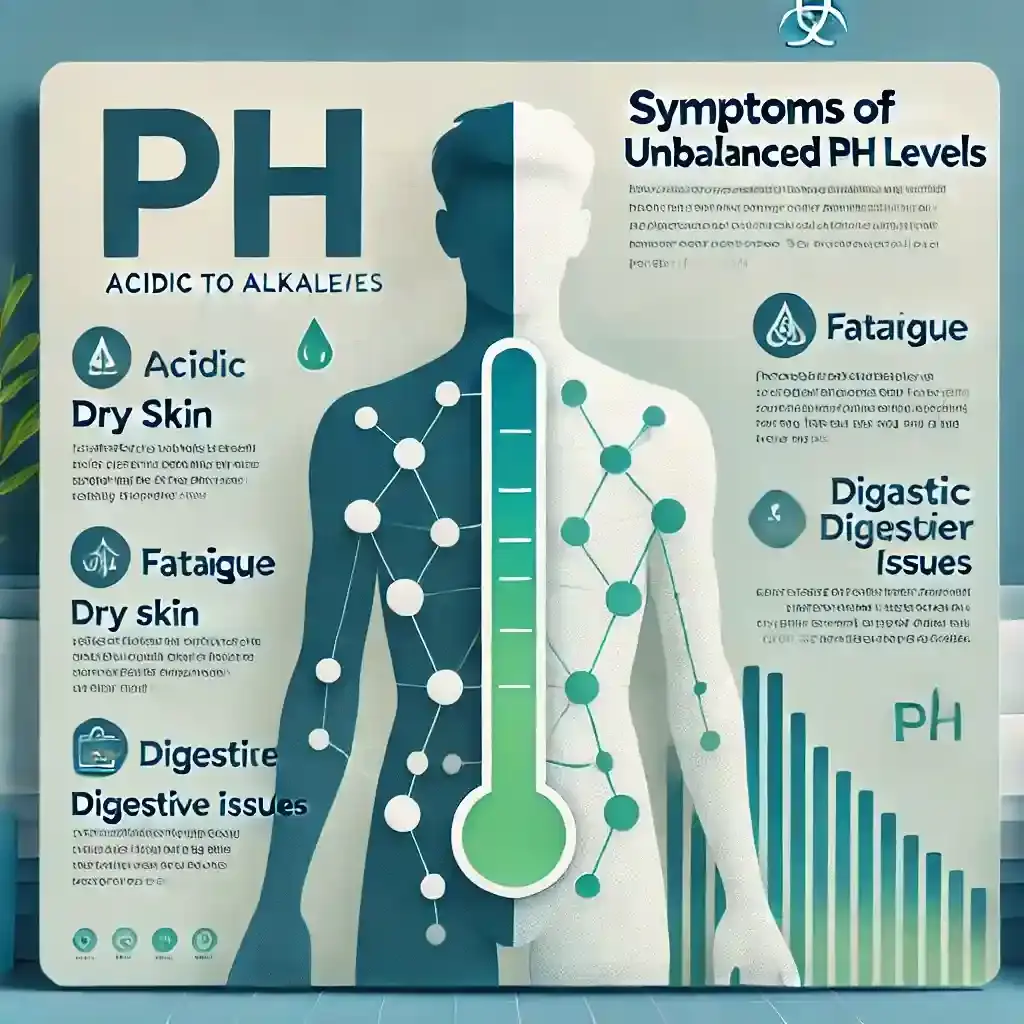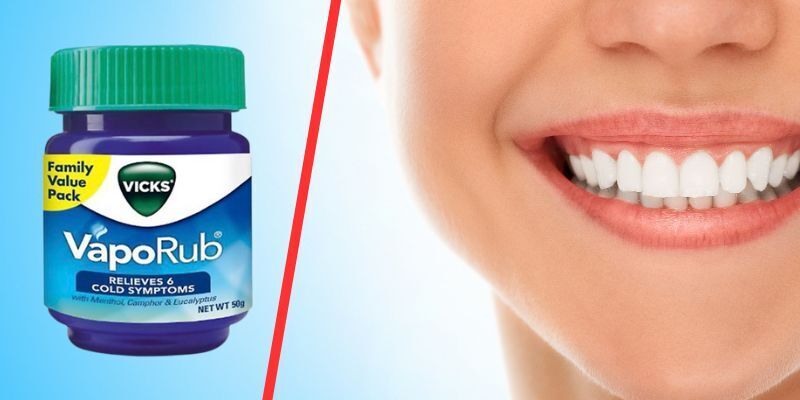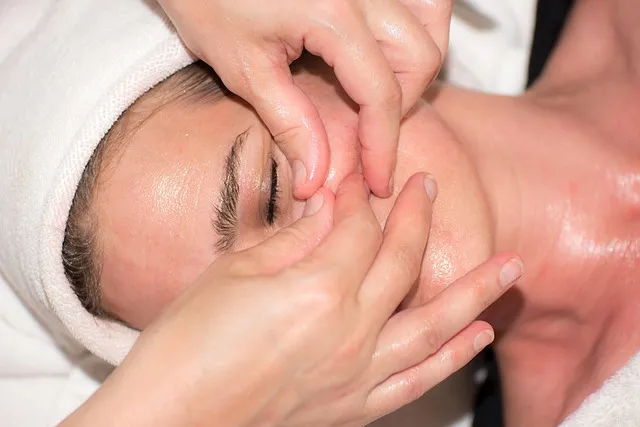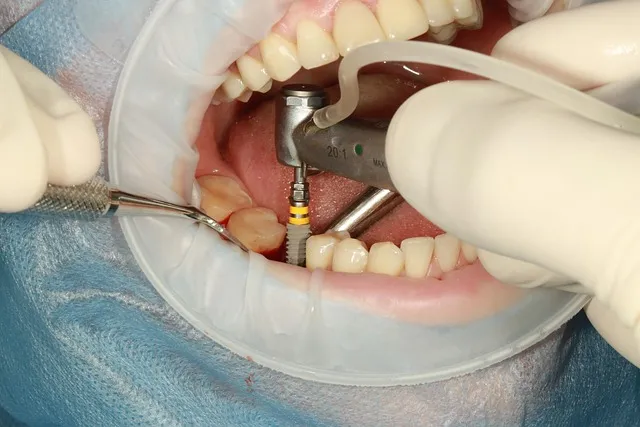|
White spots on the throat can result from infections, irritation, or debris buildup. Identifying the cause through symptoms and tests guides proper treatment and prevents recurring discomfort. |
What do those tiny white dots at the back of your throat mean, and how worried should you be? Most cases stay routine, yet a few need timely care. This guide explains patterns, timing, tests, and relief, so decisions feel simpler and faster. You will see how infections differ from irritation, why some spots hurt and others do not, and which steps matter first.
What Do White Spots on the Throat Mean?
White spots on the throat can appear for several reasons, ranging from mild irritation to active infection. They may be caused by bacteria, viruses, fungi, or even harmless debris lodged in tonsil crevices. Some conditions, like strep throat, produce pus-filled spots, while oral thrush leaves a creamy coating that can be wiped away.
Other cases, such as tonsil stones, create solid white or yellow deposits. The surrounding symptoms, such as fever, swelling, sore throat, and bad breath, often give clues about the cause. Correct diagnosis relies on examining the texture, location, and accompanying signs.
Common Causes of White Spots on the Throat
Understanding patterns first reduces guesswork. Exposure to a child with strep, recent antibiotics, dry heated rooms, mouth breathing overnight, or reflux can tilt the odds. Think timeline plus triggers. That is how clinicians read the causes of white spots on the throat during a visit. In everyday language, many cases are routine throat infections with white spots, and a few things need a closer look.
-
Strep Throat
-
Tonsillitis
-
Oral Thrush
-
Mononucleosis
-
Leukoplakia
-
Post-nasal Drip or Allergies
Symptoms That May Accompany White Spots
Symptoms vary by cause and by day. Early strep surges fast. Viral colds build then fade. Thrush lingers with burning taste changes. Allergies itch more than they ache. Because patterns overlap, watch clusters rather than single clues.
For researchers who want a label first, try describing white spots on throat symptoms in a diary with time stamps, temperature, and exposures. That short log often tells the story better than a single mirror check.
Pain and swallowing
-
Sharp pain with strep, dull burn with viral cases, scratchy irritation with allergies. Food texture matters. Fluids sometimes hurt less than toast.
Fever and body cues
-
Fever favors bacterial or mono. Chills, fatigue, and muscle aches are likely infectious. No fever, lumps, stones, or a very early stage of infection.
Breath and taste changes
-
Sour taste and thick film suggest post-nasal drip or thrush. A metallic taste can follow antibiotics. Halitosis rises with stones and heavy exudate.
Neck and ear findings
-
Tender nodes fit infection. Ear pain without ear findings can be referred pain from the tonsils.
In cases of bacterial pharyngitis, roughly 33% of patients may initially exhibit isolated gray or white exudate spots on the tonsils or pharynx. Some of these may evolve into tightly adherent pseudomembranes.
That is one reason early reassessment helps if symptoms shift rapidly. People also use phrases like sore throat white spots or swollen tonsils white spots to describe the same cluster during the worst day or two. You can still function with supportive care, yet timing your checkup matters if your fever rises or breathing feels tight.
White Spots on Throat with No Pain
Not every patch burns. Some patterns stay quiet and annoying rather than sharp and disabling. When pain stays low, think debris, thrush after antibiotics, reflux, allergy, or leukoplakia from long irritation. Two buckets make sense here: lower-pain infections and noninfectious look-alikes. This section helps people who wake up alarmed by the mirror but function well at work by noon.
Lower-pain infections
Mild viral pharyngitis can leave faint films that fade in three to five days. Early mono sometimes shows heavy coating with surprising fatigue but inconsistent pain. Thrush after steroid inhalers shows creamy wipe-off films with altered taste, more than sharp ache. If you see sore throat white spots but swallow fine, note recent antibiotics, inhaler technique, or dry mouth from antihistamines. A pharmacist can review meds.
-
Watch for low fever, hoarseness, and morning dryness.
-
Rinse after inhaled steroids.
-
Hydrate and use humidified air at night.
Noninfectious look-alikes
Tonsil stones form when debris calcifies in tonsil crypts. They cause bad breath, a foreign-body feel, and tiny pale flecks that dislodge when you cough. Post-nasal drip dries a film over the tonsils, especially after sleep. Reflux can irritate and coat tissue without much pain. Leukoplakia sits as a firm, non-wipeable patch and needs a professional look.
-
Improve oral hygiene and gentle irrigation for stones.
-
Manage allergies or reflux triggers if present.
-
Book a dental or ENT review if a patch will not budge.
When to See a Doctor
Seek care if breathing strains, drooling starts, or jaw opening hurts. Go in if fever climbs past 101°F, symptoms persist beyond four to five days, or you develop severe fatigue with coated tonsils. Describe white spots on the throat symptoms clearly and mention recent contacts. Mention a family cluster of strep throat white spots, recent antibiotics, or steroid inhalers. Photos across days can help clinicians see progression, yet in-person swabs still settle the question.
Diagnosis: How Doctors Identify the Cause
Diagnosis starts with a story and ends with targeted tests. Time course, contacts, medications, and exam patterns guide the order of swabs or blood work. A thorough check of the mouth, tongue, tonsils, palate, and nose. The phrase white spots on throat covers different surfaces, so location matters. People with heavy post-nasal drip often show stringy mucus. Thrush may rub off. A firm patch that does not rub off raises a different pathway.
1. Physical examination
A clinician inspects airway space, hydration, exudate type, and lymph nodes. They assess nasal lining, sinus tenderness, and stomach reflux signs. They also check for trismus or a muffled voice, both red flags.
-
Location: tonsils vs. posterior pharynx vs. soft palate.
-
Texture: wipe-off film vs. fixed plaque.
-
Severity: airflow, drool, or dehydration.
2. Throat swab or culture
A rapid antigen test for strep guides immediate action. If negative, but suspicion stays high, a culture follows. For suspected thrush, a gentle scrape confirms yeast. People often search for oral thrush white patches when this test returns positive.
-
Rapid strep: minutes.
-
Culture: one to two days.
-
Fungal confirmation: microscopy or culture.
3. Blood tests for viral patterns
If mono seems likely, specific viral antibodies or counts support the call. Labs also rule out other causes when fatigue and liver tenderness appear. Repeat testing may be timed to catch seroconversion in the right window.
-
Antibody timing matters.
-
Hydration status can skew values.
-
Pair with exam and swab results.
|
Test type |
What it checks |
Typical result time |
Best used when |
|
Rapid strep antigen |
Group A strep proteins |
Minutes |
Sudden fever, tender nodes, no cough |
|
Culture |
Bacterial growth confirmation |
24–48 hours |
Negative rapid test with strong suspicion |
|
Fungal smear/culture |
Candida overgrowth |
1–3 days |
Creamy films that wipe off |
|
Mono serology |
Epstein Barr antibodies |
Days to a week |
Fatigue, coated tonsils, big nodes |
People sometimes arrive asking whether swollen tonsils with white spots always mean bacteria. They do not. That is why swabs and timing beat guesswork.
Treatment Options
Good care pairs with comfort. The phrase white spots on throat treatment often turns into a mixed list, yet matching therapy to the right pattern saves time and reduces setbacks. Treat the infection when present. Support hydration and pain control. Fix irritants that keep tissue angry. Avoid random antibiotics when tests point away from bacteria.
1. Antibiotics for clear bacterial cases
Positive strep needs an antibiotic course, taken as directed and completed. This shortens illness, reduces complications, and limits household spread. If penicillin allergy exists, alternatives work well. Manage fever and throat pain while the drug starts working.
-
Start promptly after a positive test.
-
Do not stop early when you feel better.
-
Replace the toothbrush after 24–48 hours on therapy.
2. Antifungals for thrush
Confirmed Candida responds to topical swish-and-swallow agents or an oral antifungal. Rinse after inhaled steroids, fit spacers correctly, and review recent antibiotic use. Address dry mouth and high-sugar lozenges that feed yeast.
-
Follow dosing and duration closely.
-
Clean dental appliances nightly.
-
Recheck if films persist.
Avoid self-misdiagnosis and random antibiotics.
Guessing wrong stretches illness and breeds resistance. A swab clarifies strep throat white spots versus viral exudate. Strong films that wipe off are not bacteria. Firm plaques that do not wipe off are not simple infections.
-
Test before antibiotics when possible.
-
Return if symptoms shift fast.
-
Ask about interactions with current meds.
Home Remedies for Mild Cases
-
Warm saltwater gargles three to four times daily.
-
Steady hydration with tea, broth, and water.
-
Humidifier at night to cut dryness.
-
Honey with lemon if not allergic and older than one year.
-
Gentle nasal rinses for drip.
-
Soft foods while tender.
-
Voice rest and short bursts of work.
-
Rinse after steroid inhalers.
-
Replace the toothbrush after bacterial recovery.
-
Avoid smoke and strong perfumes.
Prevention Tips
Prevention targets exposure, dryness, and hygiene. Simple steps keep the mouth and nose less reactive and limit the spread during peak seasons. You already know the basics. Do them earlier and more consistently when colds circulate.
Everyday steps
-
Wash your hands before meals and after travel.
-
Do not share utensils during outbreaks.
-
Keep dental cleanings on schedule.
Moisture and airflow
-
Use bedside humidity and hydrate through the day.
-
Treat allergies to reduce drip films.
-
Lift the head of the bed if reflux triggers night irritation.
These steps reduce throat infection white spots across the household and keep winter sore throats shorter.
Conclusion
Most spotted throats come from routine infections or irritation that settle with focused care. The term white spots on throat covers overlapping looks, so rely on timing, fever, exposure, and tests rather than photos alone. Clear testing sets smart action. Then symptom care, targeted medicines, and small daily habits do the rest. If questions linger about causes of white spots on the throat or the best white spots on throat treatment, book a quick exam and bring your symptom log. Simple information speeds decisions.
Frequently Asked Questions
Are these spots contagious if they come from strep or mono?
Yes, both can spread through droplets or saliva, especially in close quarters. Avoid sharing cups, cover coughs, and stay home with a fever. Return to school or work after guidance from your clinician.
Do tonsil stones always mean poor hygiene?
No. Crypt depth and saliva chemistry drive stones more than brushing habits. Improve oral care, hydrate, and consider gentle irrigation. If stones recur with pain or infections, ask an ENT about procedural options such as cryptolysis.
Could reflux or allergies create look-alike films?
Yes. Nighttime reflux and persistent drip can leave coatings that mimic exudate. Manage triggers, elevate the head of your bed, and use saline rinses. If coatings persist, seek an exam to exclude infection.
What if spots appear but pain stays low?
Track temperature and energy. Review recent antibiotics, steroid inhalers, and mouth dryness. Try humidification, rinses, and soft foods. If films are not clear in several days or swelling rises, get tested for clarity.
How do I reduce future flares during winter?
Focus on sleep, hydration, and indoor humidity. Keep vaccinations current as advised. Wash your hands often. Replace toothbrushes after bacterial infections. Treat allergies early so mucus does not dry over the tonsils nightly.
-User-1754380331.png)
Reviewed by







